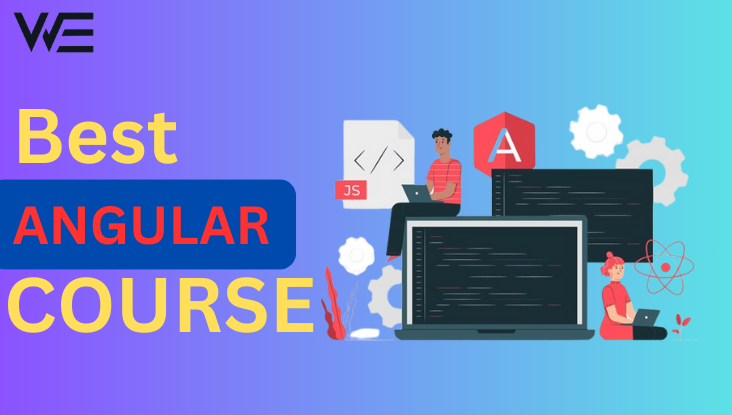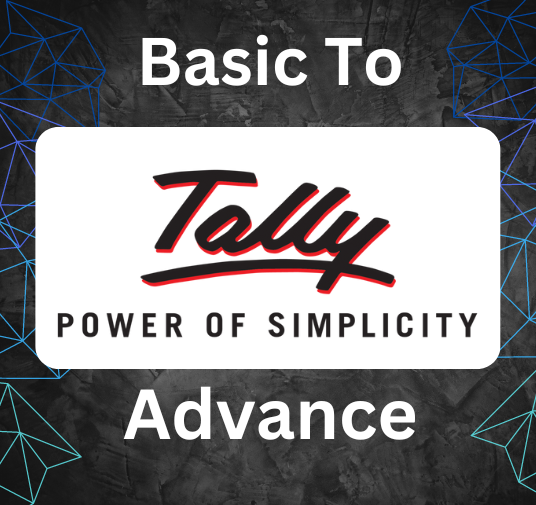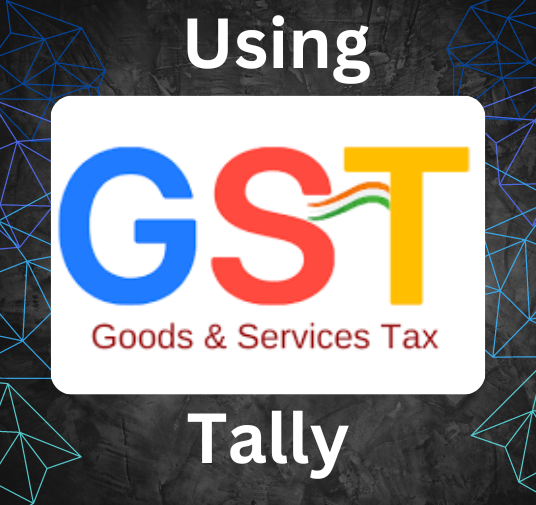

| Introduction to Angular | » What is Angular? » Angular 5 v/s 4 v/s 2 v/s AngularJS » Angular CLI » NodeJS Introduction(NPM) » Setup of NodeJs and Angular » What is Typescript? » How does Angular get started? » First Angular App |
|---|---|
| Typescript | » What is Typescript » First Typescript Example » Basic Data Types & Variables » Using Types » Variables in Typescript » Type Assertion » Operators & their types » Decision making constructs » Loops » Using Arrays » Functions » Writing & Using Classes » Constructor Method » Inheritance of Classes » Type Assertion » Abstract Class » Working With Interfaces » All About Generics |
| Components Overview | » Introduction to Components » Creating components » Role of AppModule & Component Declaration » Registering Components » Using Registered Components » Creating Components with CLI » Multiple components & passing data » Nesting Components » Working with Component templates » Working with Component Styles » Understanding Component Selector |
| Components & Data-binding | » Introduction to Modules & Databinding » Splitting Apps into Components » Property & Event binding overview » Binding to Custom Properties » Assigning an Alias to Custom Properties » Binding to Custom Events » Assigning an Alias to Custom events » Custom Property and Event Binding Summary » Understanding View Encapsulation » Using Local References in Templates » Getting Access to the Template & DOM with @ViewChild » Projecting Content into Components with ng-content » Understanding the Component Lifecycle » Lifecycle Hooks in Action » Lifecycle Hooks & Template Access » Accessing ng-content with @ContentChild |
| Directives | » Understanding Directives » Using ngIf to Output Data Conditionally » Enhancing ngIf with an Else Condition » Output Lists with ngFor » Styling Elements Dynamically with ngStyle » Applying CSS Classes Dynamically with ngClass » Creating Basic Attribute Directive » Using the Renderer to build Better Attribute Directive » More about Renderer » Listen to Host Events using HostListener » Bind to Host Properties using HostBinding » Binding to Directive Properties » Behind the scenes of Structural Directives » What is ngSwitch? |
| Services & Dependency Injection | » Introduction to Dependency Injection » Why do we need Services ? » Creating a Logging Service » Injecting the Logging Service into Components » Creating a Data Service » Understanding Hierarchical Injector » How many Instances of Service? » Injecting Services into Services » Using Service for Cross-Component Communication |
| Transport Output using Pipes | » Introduction to Pipes » Why are Pipes useful? » Using Pipes » Parameterizing Pipes » Chaining Multiple Pipes » Creating a Custom Pipe » Parameterizing a Custom Pipe » Creating a Filter Pipe » Pure & Impure Pipes » Understanding 'async' Pipes |
| Changing Pages with Routing | » What is Routing? » Why do we need a Router? » Setting up and Loading Routes » Navigating with Router Links » Understanding Navigation Paths » Styling Active Router Links » Navigating Programmatically » Using Relative Paths in Programmatic Navigation » Passing Parameters to Routes » Fetching Route Parameters » Fetching Route Parameters Reactively » Route Observables » Passing Query Paramters and Fragments » Retrieving Query Parameters & Fragments » Setting up Child(Nested) Routes » Configuring the Handling of Query Parameters » Redirection & Wildcard Routes » Outsourcing the Route Configuration » Introduction to Route Guards » Protecting Routes with canActivate » Controlling Navigation with canDeactivate » Passing static data to a Route » Resolving Dynamic Data with the resolve Guard » Understanding Location strategies » Understanding Observables |
| Template Driven Forms | » Introduction to handling forms » Why do we need Angular's help? » Template Driven(TD) v/s Reactive Approach » Creating Template driven Forms & Registering Controls » Submitting & Using the Form » Understanding Form State » Accessing the Form with @ViewChild » Adding Validation to check User Input » Built-in Validators & Using HTML5 Validation » Using the Form State » Outputting Validation Error Messages » Set Default Values with ngModel Property Binding » Using ngModel with Two-Way-Binding » Grouping Form Controls » Handling Radio Buttons » Setting & Patching form values » Using Template Driven Form Data » Resetting Template Driven Forms |
| Reactive Forms | » Introduction to Reactive Approach » Creating a Reactive Form in Code » Syncing HTML and Form » Submitting Reactive Forms » Adding Validation to Reactive Forms » Getting Access to Controls » Grouping Controls » Arrays of Form Controls » Creating Custom Validators » Using Error Codes with Reative Forms » Creating Custom Async Validator |



Lorem ipsum dolor sit amet, consectetur adipisicing elit. Cum ut sed, dolorum asperiores perspiciatis provident, odit maxime doloremque aliquam.

Lorem ipsum dolor sit amet, consectetur adipisicing elit. Cum ut sed, dolorum asperiores perspiciatis provident, odit maxime doloremque aliquam.

Lorem ipsum dolor sit amet, consectetur adipisicing elit. Cum ut sed, dolorum asperiores perspiciatis provident, odit maxime doloremque aliquam.

Lorem ipsum dolor sit amet, consectetur adipisicing elit. Cum ut sed, dolorum asperiores perspiciatis provident, odit maxime doloremque aliquam.

When television was young, there was a hugely popular show based on the still popular fictional characte

When television was young, there was a hugely popular show based on the still popular fictional characte

When television was young, there was a hugely popular show based on the still popular fictional characte

When television was young, there was a hugely popular show based on the still popular fictional characte
Emilly Blunt
December 4, 2017 at 3:12 pm
Never say goodbye till the end comes!